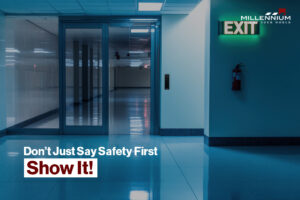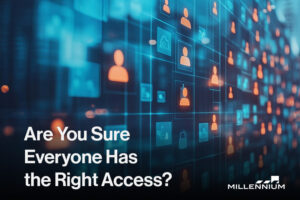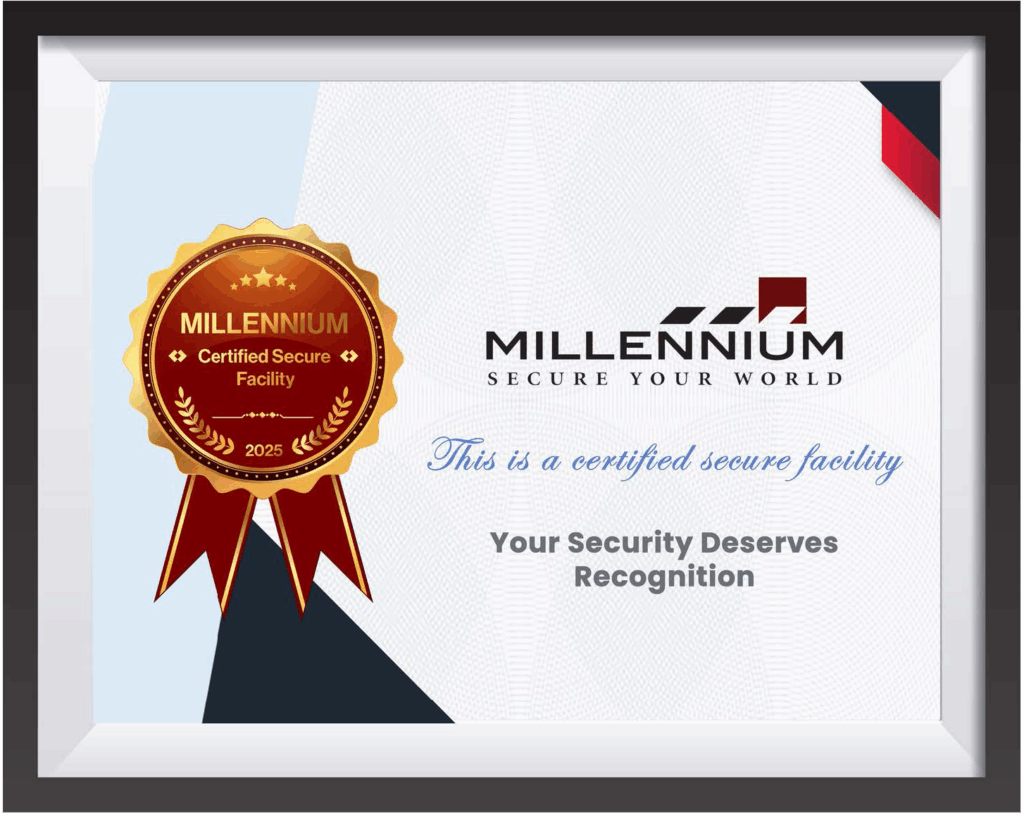Amid the ever-evolving technological landscape of educational institutions, there is an increasing demand to adapt security measures for the effective protection of students, staff, and valuable assets. Security is a critical concern in schools, and traditional access control systems are gradually becoming obsolete. The advent of hosted access control systems offers a dynamic solution that can greatly enhance the safety and security of educational institutions. In this blog, we will explore why schools should consider transitioning to hosted access control systems and the numerous benefits they offer.
The Limitations of Traditional Access Control
Traditional access control systems rely on physical components like keys, cards, and PINs to manage entry and exit points. While these systems served schools adequately for many years, they come with several limitations:
Risk of Unauthorized Access: Keys can be easily duplicated, PINs can be shared, and access cards can be lost, increasing the risk of unauthorized entry.
Limited Scalability: Traditional systems require extensive infrastructure and can be costly and complex to scale as the school grows.
Inflexibility: Modifying access permissions or revoking access can be time-consuming and may necessitate physical changes to the system.
Lack of Real-Time Insights: Traditional systems offer limited data and analytics, making it challenging to monitor and respond to security incidents promptly.
Why Use Hosted Access Control?
Hosted access control systems, also known as cloud-based or web-based access control, provide a forward-thinking solution that addresses the limitations of traditional systems. Here’s why schools should consider making the transition:
Enhanced Security: Hosted systems offer advanced encryption and authentication methods, reducing the risk of unauthorized access. Multi-factor authentication can further fortify security.
Cost-Effective: They eliminate the need for extensive on-site infrastructure and maintenance, making them more cost-effective than traditional systems. Schools can redirect budget savings to educational initiatives.
Scalability: Hosted systems can easily adapt to a school’s changing needs. Adding or revoking access permissions can be done remotely, reducing administrative overhead.
Remote Management: Administrators can manage the system from anywhere with an internet connection. This remote capability enables quick response to security incidents and reduces response times during emergencies.
Data and Analytics: Hosted systems provide real-time data and insights into access events. Schools can monitor access patterns, receive instant alerts, and generate reports to improve security management.
Integration with Other Systems: These systems can integrate with video surveillance, alarm systems, and other security tools, creating a comprehensive security ecosystem.
User-Friendly: User-friendly interfaces make it easy for administrators to manage access control, reducing the learning curve for staff.
Moreover, hosted access control systems empower educational institutions with unprecedented flexibility. Imagine being able to manage and monitor your school’s security at your fingertips, anytime and anywhere. With cloud-based solutions, administrators can access and control the entire system remotely, using their smartphones or laptops. This not only streamlines day-to-day operations but also provides the ability to respond swiftly to evolving security challenges. In today’s fast-paced educational landscape, this level of remote control is no longer a luxury but a necessity, ensuring that the safety of students and staff is just a click away.
Implementation Steps for Schools
Transitioning to hosted access control systems involves several key steps:
Assessment: Begin by conducting a comprehensive security assessment of your school to identify vulnerabilities and access points.
Plan: Develop a well-defined plan for the implementation of the hosted access control system, including hardware requirements and access points.
Select a Provider: Choose a reliable and reputable hosted access control system provider with experience in the educational sector.
Installation: Install the required hardware and establish connectivity to the cloud-based system.
Training: Train staff on how to use the new system, including administrators, security personnel, and faculty.
Testing: Perform thorough testing to ensure the system operates correctly and integrates seamlessly with other security solutions.
Monitoring and Maintenance: Regularly monitor the system and implement software updates and maintenance routines as needed.
The safety and security of students and staff are paramount in schools. Hosted access control systems offer an innovative and adaptable solution that can greatly enhance security measures while providing cost savings, scalability, and real-time data insights. As educational institutions strive to create safer environments, transitioning to hosted access control systems should be a top priority. Embracing this technology will not only safeguard the school but also empower it to respond proactively to evolving security challenges, ultimately advancing the educational mission.













